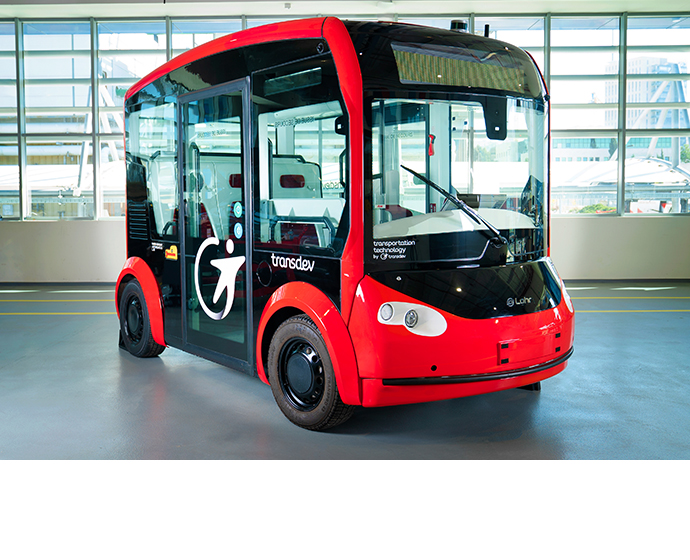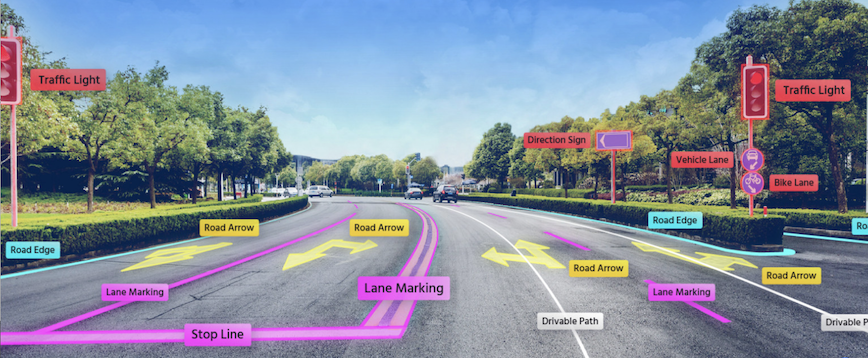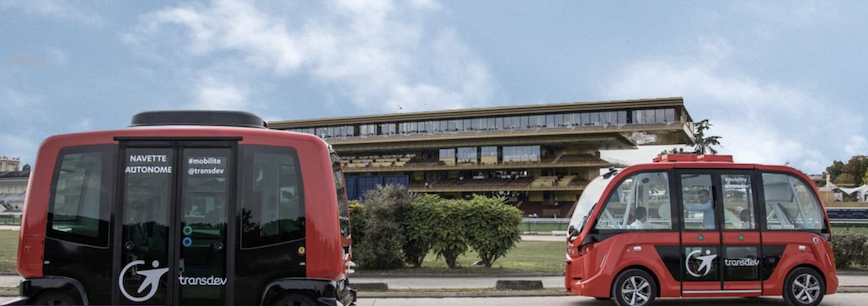The i-Cristal electric shuttle, manufactured by Lohr Group of Strasbourg, France, will integrate Mobileye’s (an Intel company based in Paris) self-driving system into existing public transportation mobility service networks across the globe, operated by Transdev of Jerusalem, Israel.
Autonomous mobility can be woven into the fabric of transportation networks to distribute service when and where it’s needed, say the companies, who have formed a strategic partnership, while also optimizing the fleets, lowering transportation costs and improving customer experiences.
Over the next year, the three companies will test vehicles on roadways in France and Israel, aiming to ready technology designs for production by 2022. The companies expect to deploy the self-driving i-Cristal shuttles in public transportation networks by 2023, starting in Europe

Mobileye’s self-driving system is a turnkey AV solution that delivers safety via two core concepts: Mobileye’s formal Responsibility-Sensitive Safety model for the safety of the system’s decision-making, and a perception system featuring True Redundancy whereby two independent subsystems (cameras and radars+lidars) combine to enable robust perception. The self-driving system can also be deployed without geographical limitation thanks to Mobileye’s Road Experience Management AV mapping technology. In the latter, a proprietary, crowdsourced AV map of the global road network is created and then continuously and automatically updated using data gathered from mass-market advanced driver-assistance systems.

The i-Cristal shuttle features space for up to 16 passengers and is fully accessible via a ramp. The shuttle can travel at speeds up to 50 kilometers per hour and is designed to safely and efficiently operate within today’s public transportation networks with Transdev ATS’ solutions. These solutions integrate Transdev ATS’ technology like the AV Supervision, providing fleet management, system monitoring & customer relationship, and expertise in deployment and operation services for public transportation operators and cities. The objective is to allow self-driving technology to become a daily reality.


